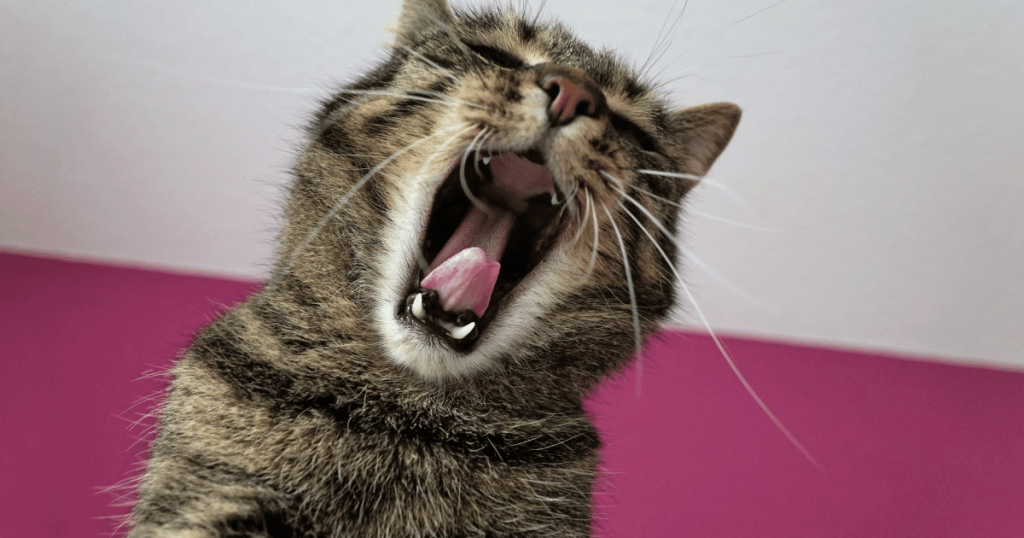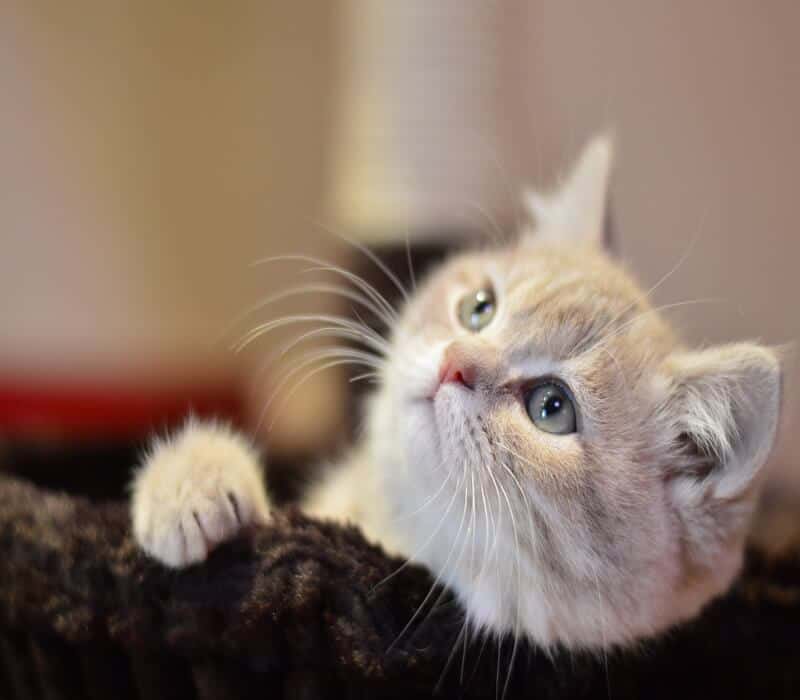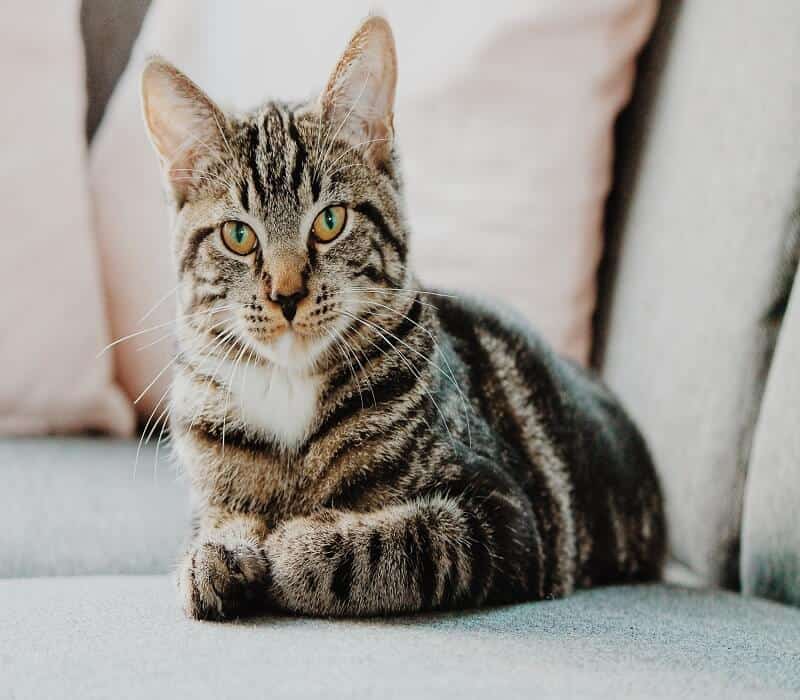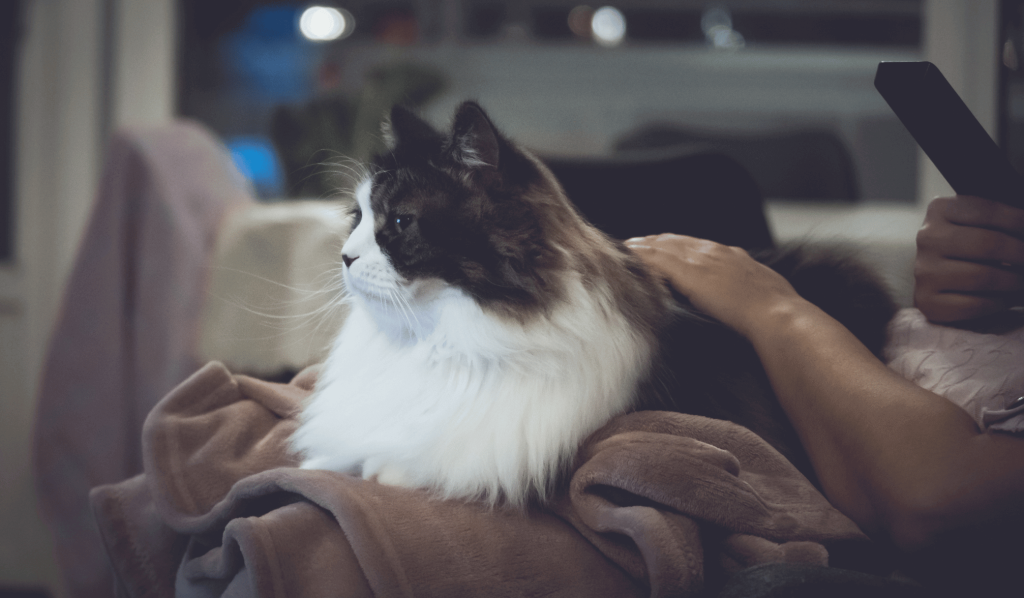
So your cat, who usually does their own thing, has suddenly decided your lap is the place to be.
What’s going on? Is this a newfound sign of love, or is there something more to it? The curiosity is killing you—almost as much as you’re killing your cat’s independent vibe, right?
Don’t worry, we’ve got you covered. This guide will explore why your cat is suddenly sitting on your lap and what it means for your feline-human relationship.
Get ready to unravel the cuddly mystery!
Common Reasons for Sudden Lap-Sitting
1. Seeking Warmth and Comfort
Cats are notorious for seeking out the coziest spots in the house, and your lap might just be the warmest real estate available. Here’s why:
- Temperature Sensitivity: Cats have a higher body temperature than humans, making them more sensitive to cold. Your lap offers a warm and snug place, especially during colder months.
- Soft Landing: Your lap is soft and cushioned, making it an ideal place for a catnap. If you’ve ever wondered why your cat bypasses that expensive cat bed, well, you’re the reason!
2. Emotional Security
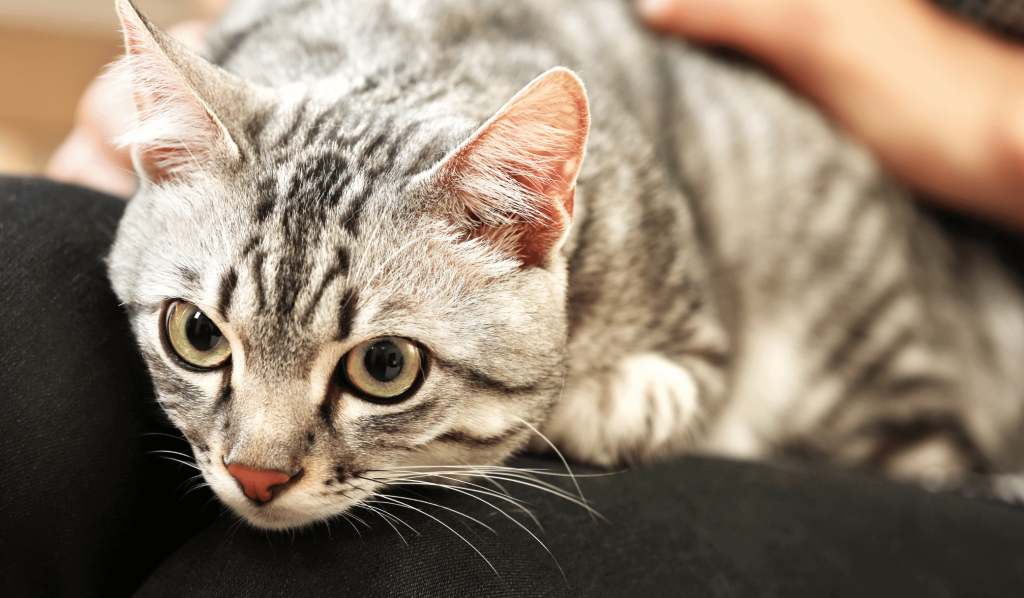
When it comes to emotional security, your lap serves as more than just a comfy seat—it’s a sanctuary.
Cats often view their human companions as larger, non-threatening versions of themselves. This is why your lap becomes a safe space where they can relax and let their guard down.
The scent you naturally emit also plays a significant role in this.
For cats, familiar scents are comforting, and what’s more familiar than the smell of their favorite human?
3. Social Bonding and Affection
Now, let’s talk about love. Yes, that’s right, your cat sitting on your lap is often a clear sign of affection and social bonding.
Cats are selective about whom they show affection to, and by choosing your lap, they’re essentially saying, “You’re the one for me.” It’s like being picked first in gym class but way better because, well, it’s your cat.
In multi-cat households, you might notice that one cat claims your lap more frequently than the others. This is often a sign of social hierarchy.
The cat sitting on your lap is likely the one who feels the most bonded to you.
Behavioral Signs to Watch For
Understanding your cat’s behavior is akin to decoding a complex puzzle.
When it comes to lap-sitting, the clues often lie in the subtle signs your cat exhibits. These signs can be both positive and negative, and knowing how to read them can make the lap-sitting experience more enjoyable for both you and your feline friend.
1. Positive Signs
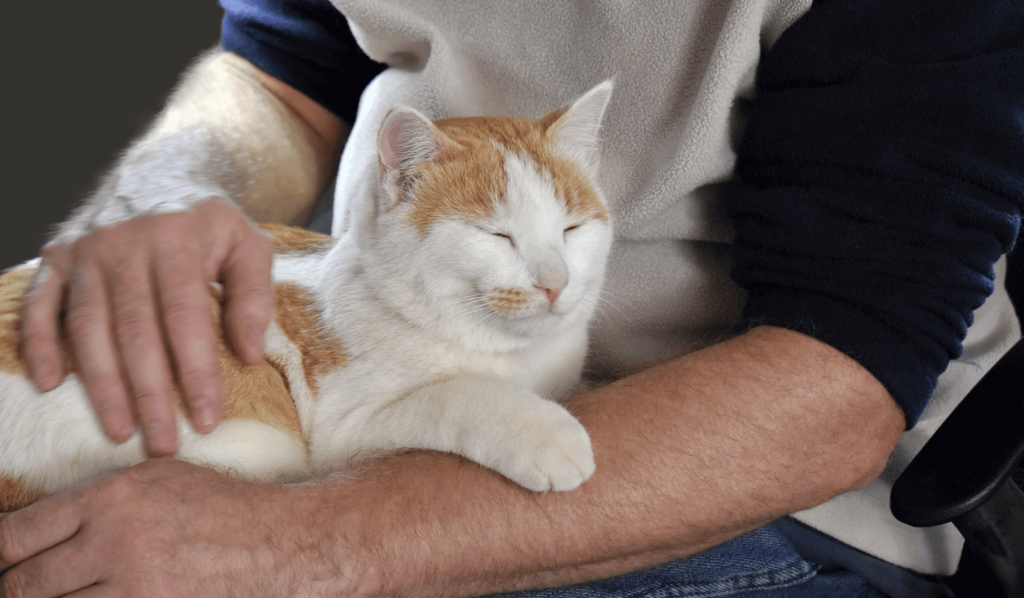
When your cat is content and comfortable on your lap, they’ll often display a series of behaviors that are essentially the feline equivalent of a thumbs-up.
- Purring: A purring cat is generally a happy cat. If you hear that motor running, you’re doing something right.
- Kneading: If your cat starts “making biscuits” on your lap, it’s a sign of comfort and relaxation. This behavior harks back to their kittenhood and serves as a way for adult cats to self-soothe.
- Slow Blinking: This is like a love letter in feline Morse code. Slow blinking is a sign of trust and affection, and it’s the closest thing to a hug you’ll get from a cat.
2. Negative Signs
While your cat’s decision to sit on your lap is generally a positive one, they might display certain signs that indicate they’re not entirely comfortable. It’s crucial to recognize these signs and understand what they could mean.
- Tail Flicking or Lashing: If your cat’s tail is flicking or lashing while they’re on your lap, it could indicate irritation or discomfort. This doesn’t necessarily mean they want to leave; it might be a sign that they’re trying to get comfortable or are reacting to something in their environment.
- Ears Pinned Back: When a cat’s ears are pinned back, it’s often a sign of stress or discomfort. Again, this doesn’t mean your cat wants to leave your lap. It could be a reaction to a sudden noise or movement and is worth paying attention to.
- Restlessness: If your cat seems restless on your lap, constantly shifting positions, it could be a sign that they’re not fully comfortable. This could be due to a variety of reasons, such as the way you’re sitting or external distractions.
The Role of Human Behavior
You might be surprised to learn that your behavior plays a significant role in whether your cat chooses to sit on your lap. Cats are keen observers, and they pick up on your cues, both subtle and obvious.
1. Maintaining a Comfortable Lap Experience
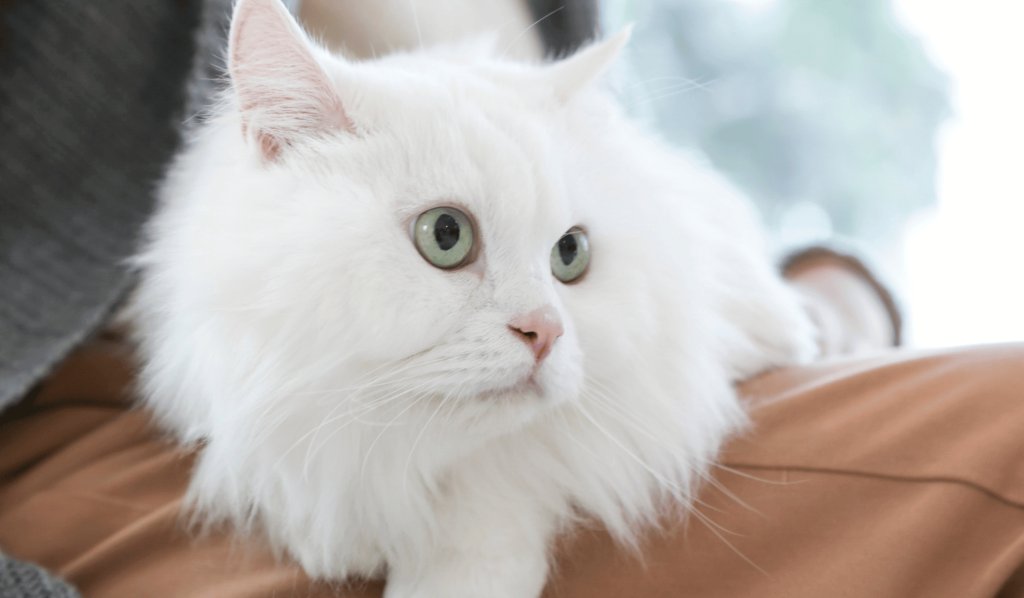
So your cat has already chosen your lap as their go-to spot. That’s great, but how do you ensure that both you and your feline friend remain comfortable during these cuddly moments?
- Your Posture: Believe it or not, how you sit can affect your cat’s comfort level. Try to maintain a stable and relaxed posture to make the experience enjoyable for both of you.
- Your Energy: Cats are sensitive to human emotions. If you’re feeling stressed or anxious, your cat might pick up on that energy, which could make them uneasy. Try to maintain a calm demeanor to keep the lap-sitting experience pleasant.
- Respecting Independence: Even though your cat has chosen to sit on your lap, it’s important to remember that they value their independence. Avoid making sudden movements or forcing them to stay, as this could make your cat uncomfortable.
Doing so will help make the lap-sitting experience enjoyable and comfortable for both you and your cat.
2. Discouraging Lap-Sitting
While having a cat on your lap can be a delightful experience, there might be times when it’s not convenient. Maybe you’re working from home and need to focus, or perhaps you’re eating and don’t want a furball near your food. In such cases, it’s important to discourage the behavior gently and humanely.
A simple way to do this is to stand up slowly, allowing your cat to get the hint and move.
You can also distract them with a toy or a treat placed at a distance. The key is to make the experience neutral or positive, so your cat doesn’t associate your lap with negative feelings.
Conclusion
So, you’ve made it to the end of our feline journey, and now you’re equipped with the knowledge to understand your cat’s sudden lap-sitting behavior. It’s more than just a cute quirk; it’s a window into your cat’s world.
We hope this guide has helped you feel even more connected to your furry friend.
If you’ve got thoughts, questions, or even a heartwarming lap-cat story, we’re all ears. Feel free to drop a comment below.
We're an affiliate
We hope you love the products we recommend! Just so you know, gameraround.com is a participant in the Amazon Services LLC Associates Program, an affiliate advertising program designed to provide a means for sites to earn advertising fees by linking to Amazon.com.

